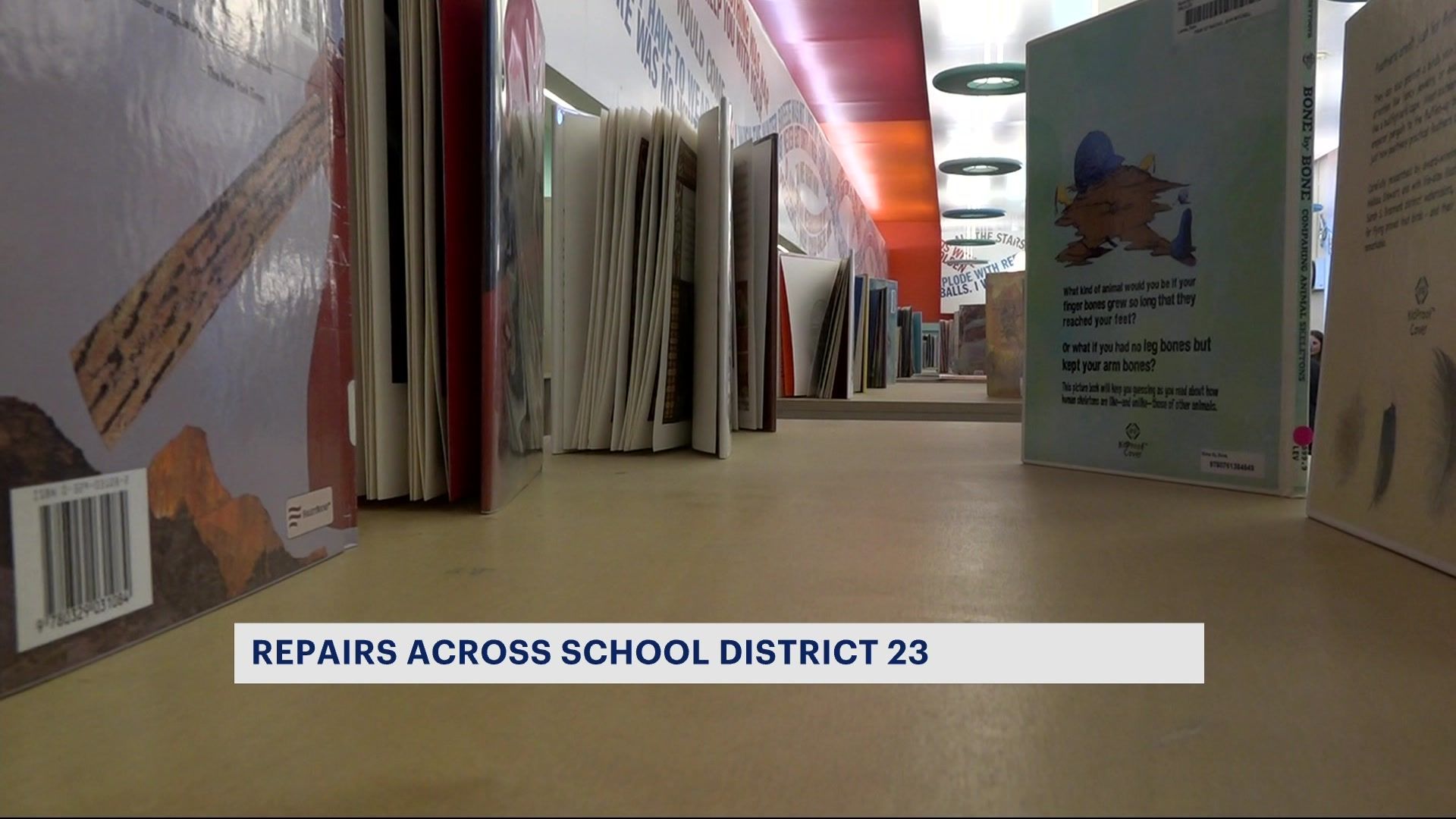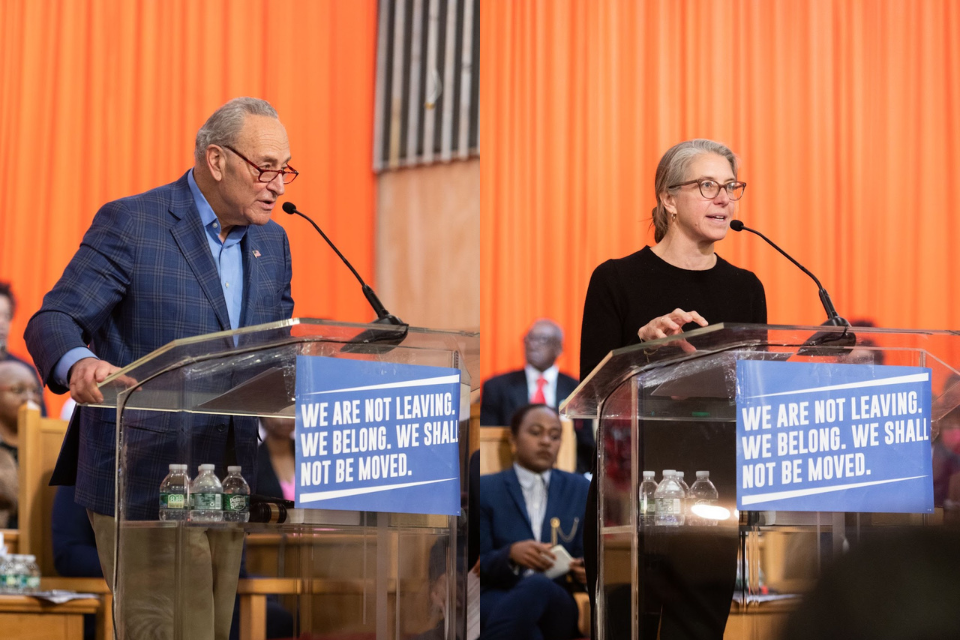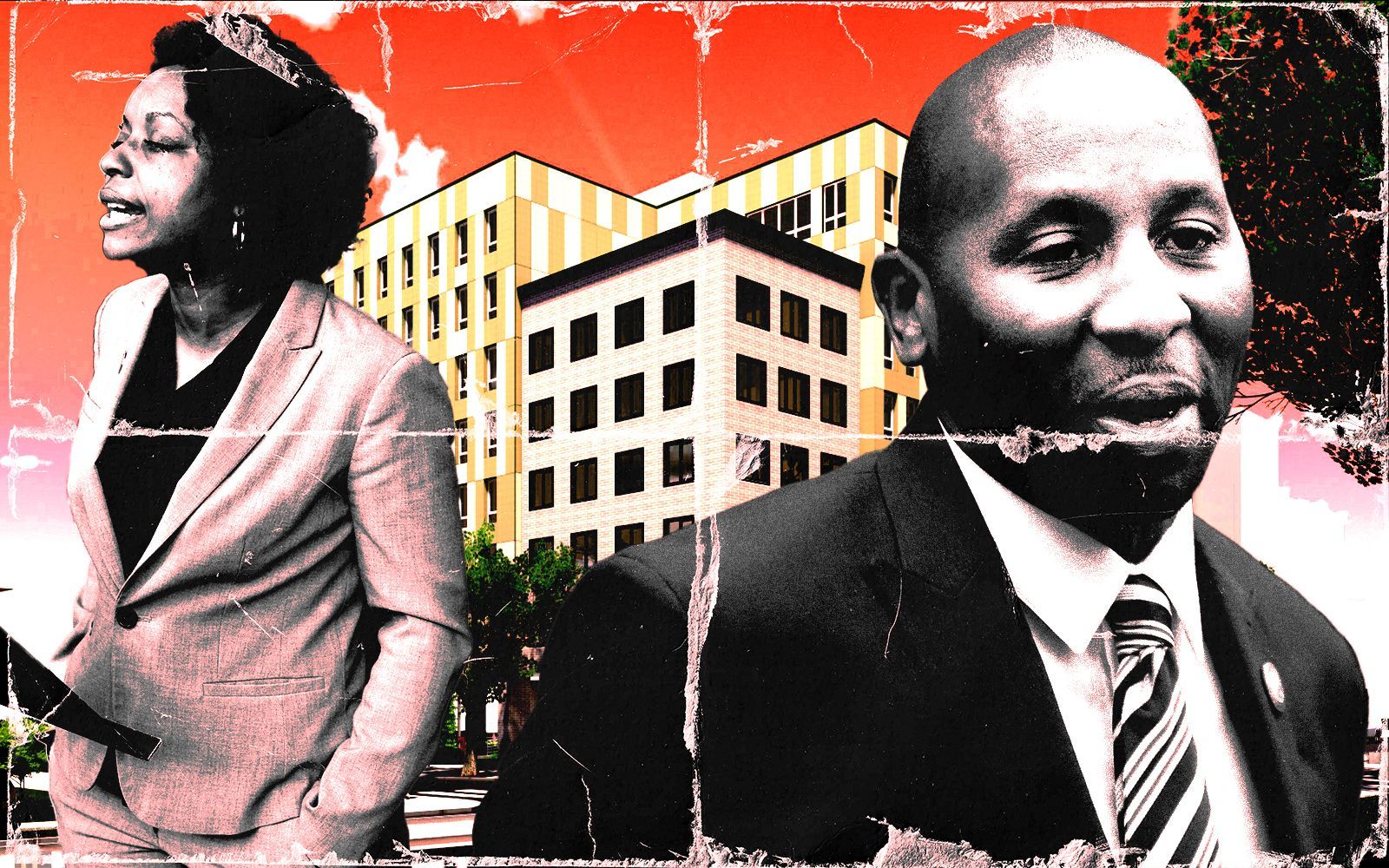CONNECT - ACT - WIN

A sleeping giant for new homes: Creedmoor could be the key to Hochul’s housing agenda

In July, in the wake of a disappointing legislative session in which state leaders failed to pass any sort of meaningful housing legislation, Gov. Hochul put forth her plans to address New York’s housing crisis. Though the announcement outlined several executive actions, the most powerful and exciting policy tool the governor floated as a solution to New York’s housing woes is her vision to convert state-owned sites into housing.
For years public lands in public hands have served many purposes, as the alphabet soup of city, state and federal agencies utilize countless acres for social services, administrative buildings, operations centers, storage depots and everything in between. But as anyone could easily imagine, many of these sites have languished in the inefficiency of bureaucracy, just waiting for a bold strategy of transformation and redevelopment.
In fact, in New York City alone, there are more than 800 city-owned lots under the jurisdiction of the Department of Housing Preservation and Development that are, if not entirely vacant, certainly underutilized to the maximum heights of their potential.

No government site embodies this failure better than the largely abandoned Creedmoor Psychiatric Center. Totaling around 100 acres in eastern Queens, there is room for more than 3,000 units at the state-owned facility. And although Hochul promised to issue a Request for Proposals earlier this year, at best their anemic pace of action calls to question this administration’s true commitment toward putting the creation of affordable housing above the bad-faith attacks of local civic groups and NIMBY activists. At worst, it demonstrates an alarming lack of urgency.
Even still, what makes Hochul’s call to use government land as a tool to ease our affordable housing shortage so powerful — and possibly even revolutionary — is the potential to ensure those new units go to those who need access to high quality, low cost housing opportunities the most.
To us, that means our essential workers, first responders, teachers, senior living caretakers, and countless Black and Brown New Yorkers who have been slowly crushed by the housing market of the past several decades. Because while these are the families who quite literally make New York run, they are increasingly being driven away by the lack of housing affordability and economic opportunity.
Despite the city’s continued population growth, the number of Black residents has declined by more than 200,000 in the past two decades. The 2021 New York City Housing and Vacancy Survey findings showed that renters with the lowest incomes, particularly Black and Hispanic renters, struggle to find apartments they can afford as the severe lack of housing supply has kept more than a third of the city’s renters — an estimated 600,000 households — severely rent burdened, meaning they pay more than half their income on rent.
Worse, just last month city Comptroller Brad Lander’s latest analysis of the city’s financial picture, rents are proportionately higher than before the pandemic and have exponentially increased over the past year.
Converting a state-owned facility like Creedmoor into housing is no easy task, but when we the people own the real estate, the State and City of New York have the power to negotiate not with private developers focused on their bottom line, but with themselves, making this not only possible, but also creating another opportunity entirely.
It would be a complete waste for the state to give away public sites to private developers for market-rate projects. In recent memory, the governor has used her authority over state-owned land to push through several real estate deals that benefitted developers more than the New Yorkers who need new housing the most. In July, she announced a 421a-like property tax break for several ongoing developments in Gowanus in which less than 40% of the units are earmarked as affordable. And at the state-owned 5 World Trade Center site, only 30% of units will be income-restricted even though it was within Hochul’s power to mandate 100% affordability.

Indeed, “affordable housing” means something different to every office holder in New York. In Hochul’s case it most often refers to 421a-style tax abatement — as Lander calls it, an “excessive giveaway to developers masquerading as an affordable housing program.” What results is not just billions of dollars siphoned from the municipal property tax pool, but a type of housing production that does almost nothing to create the permanent and deep affordability that our city desperately needs.
As ambitious as it sounds to transform an underutilized state facility into a fully affordable housing development for essential workers and communities of color, New York can and should dream big. To that end, looking beyond affordable rental housing, Creedmoor could also be an opportunity for Hochul to work with Mayor Adams to bring back the types of programs that in the not-so-distant past created a path to homeownership for low- and middle-income New Yorkers.
Beginning in the early 1980s, Mayor Ed Koch worked with East Brooklyn Congregations to invest an unprecedented amount of city subsidies in the construction of new affordable homes in East Brooklyn known as Nehemiah, which have now helped more than 3,000 everyday New York families become homeowners who over time saw their home values soar, their costs of living remain stable, all while accruing equity and wealth that could pass from generation to generation.
More recently, in partnership with Monadnock Development, East Brooklyn Congregations is transforming the Spring Creek area of East Brooklyn by building nearly 2,700 affordable Nehemiah homes and apartments, transforming a once abandoned site into a flourishing community with tree lined streets, parks for children, and proud homeowners. But while Spring Creek is a remarkable success and revival of the Nehemiah program, the well of New York’s housing crisis runs far deeper than any one development could possibly fill.

But the good news is that Creedmoor is no ordinary development, and as state-owned land with unmatched size, its potential cannot be overlooked as a once-in-a-generation opportunity to create truly affordable housing, and potentially homeownership, for the New Yorkers who deserve it most — essential housing for essential workers.
And despite minimal progress in meaningfully expanding New York’s affordable housing stock, the crisis has grown so untenable that there is now near-universal agreement that New York’s housing woes and affordability crisis must be addressed. In fact, a brand new Data for Progress poll found that addressing the housing crisis is a major priority for city voters, with two-thirds saying it is “very important” to address the city’s housing crisis.
Further, roughly six in ten also found the government should create more “permanent” rental housing that is affordable across all income levels, including the unhoused and the lowest-income New Yorkers. On the flipside, just 16% of voters support making it easier for private developers to build housing.
The survey makes it clear as can be, when it comes to housing, New Yorkers care most about creating affordable, not-for-profit rental housing that is prioritized for those who need it most. Taken together, it’s clear that New York City voters are dissatisfied with the status-quo. The era of publicly subsidized private housing must come to an end.
The for-profit approach to affordable housing has been a failure in too many ways to count, and when it comes to using public land in a manner that will deliver the most good for the people, we must treat housing as a public good.
In July, Hochul declared to every New Yorker, our “housing crisis isn’t going away, and I’m committed to doing everything in my power to make New York more affordable and livable for all.” Luckily for the governor, transforming Creedmoor is not merely well within her power, but by partnering with the mayor it could also be a foundational pillar in a new era of New York housing.
Brawley is co-chair of East Brooklyn Congregations and Metro IAF, a New York City housing advocacy coalition. O’Connor is the lead pastor of the First Presbyterian Church in Jamaica, Queens.






